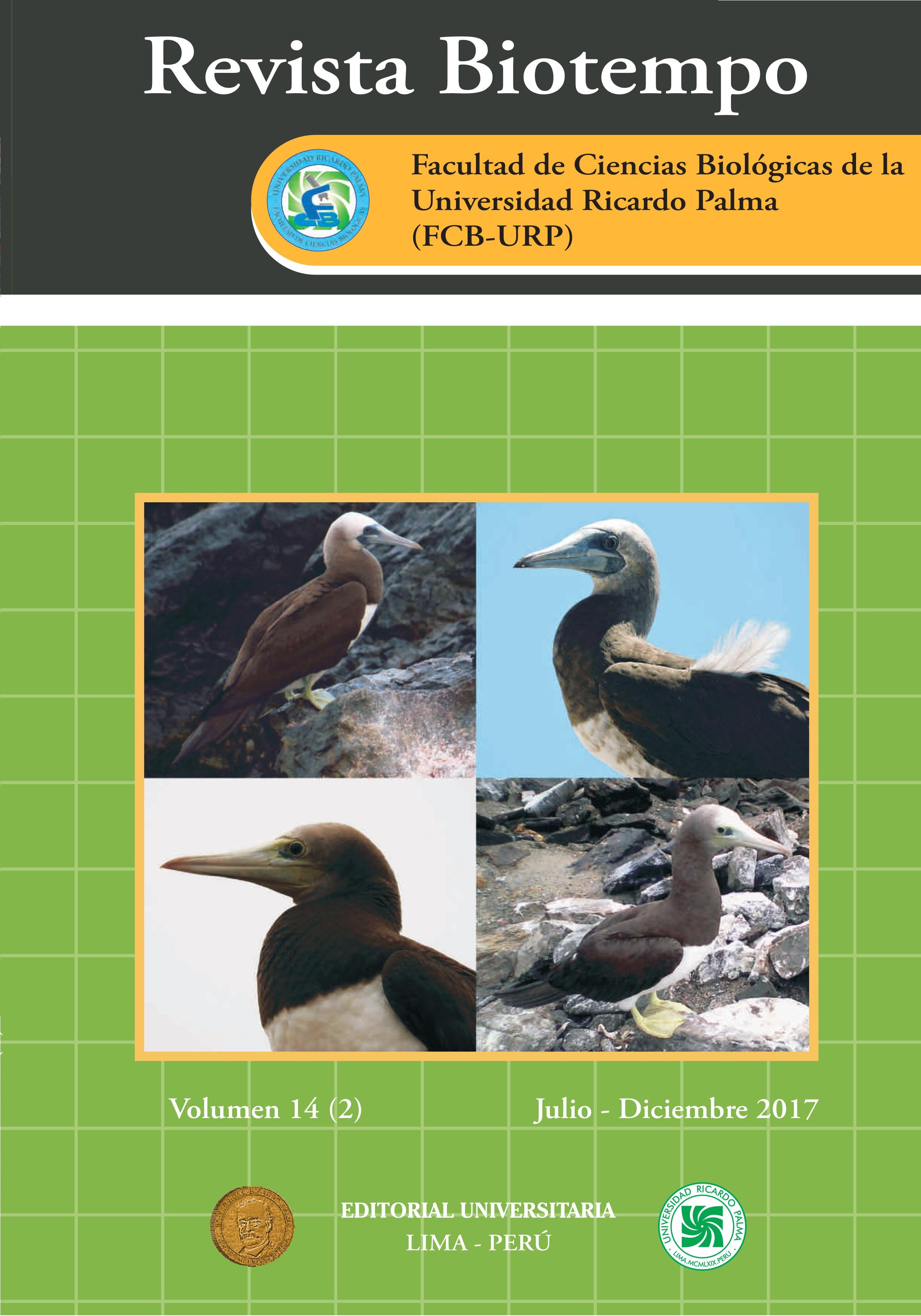COMPARATIVE ANATOMY OF THE BONY LABYRINTH OF THE BATS PLATALINA GENOVENSIUM (PHYLLOSTOMIDAE, LONCHOPHYLLINAE) AND TOMOPEAS RAVUS (MOLOSSIDAE, TOMOPEATINAE)
DOI:
https://doi.org/10.31381/biotempo.v14i2.1404Keywords:
Cochlea, Chiroptera, Inner ear, Phyllostomidae, MolossidaeAbstract
Th e bony labyrinth inside the temporal bone houses the inner ear, sensory organ of hearing and balance. Variations in the three components of the bony labyrinth (cochlea, vestibule, and semicircular canals) give insight into the physiology and evolution of the diff erent groups of mammals. Based on high resolution micro-Computed Tomography (μCT), we reconstructed the digital endocasts of the bony labyrinths of Platalina and Tomopeas. We found that both species exhibit unique characteristics among bats, that were mainly located in the cochlea, including the aspect ratio of the cochlear spiral, cochlear width rela tive to that of the basicranial region, number of cochlear spiral turns, among others. Finally we highlight the need of more morphological comparative studies of the bony labyrinth.










